Designing Eye-Tracking Experiment to Enhance Reading Comprehension in Online Learning Environment †
Abstract
1. Introduction
2. Methodology
3. Results and Discussion
3.1. Determination of Variables
3.2. Participants
3.3. Experiment
3.4. Procedure
3.5. Reading Materials for Stimuli
- Material A: colored text (Figure 5);
- Material B: plain text with picture (Figure 6);
- Material C: plain text with audio support (Figure 7);
- Material D: colored text with picture (Figure 8);
- Material E: colored text with audio backing (Figure 9);
- Material F: picture with audio support (Figure 10);
- Material G: colored text, picture, and audio support (Figure 11).
3.6. Statistical Analyses
4. Conclusions
Author Contributions
Funding
Institutional Review Board Statement
Informed Consent Statement
Data Availability Statement
Conflicts of Interest
References
- Johnson, A.P. Teaching Reading and Writing a Guidebook for Tutoring and Remediating Students; Rowman & Littlefield Education: Lanham, MD, USA, 2008; pp. 3–5. [Google Scholar]
- Bridgeman, B.; Lennon, M.L.; Jackenthal, A. Effects of screen size, screen resolution, and display rate on computer-based test performance. Appl. Meas. Educ. 2003, 16, 191–205. [Google Scholar] [CrossRef]
- Dillon, A. Reading from paper versus screens: A critical review of the empirical literature. Ergonomics 1992, 35, 1297–1326. [Google Scholar] [CrossRef]
- Morineau, T.; Blanche, C.; Tobin, L.; Guéguen, N. The emergence of the contextual role of the e-book in cognitive processes through an ecological and functional analysis. Int. J. Hum. Comput. Stud. 2005, 62, 329–348. [Google Scholar] [CrossRef]
- Weisberg, M. Student Attitudes and Behaviors Towards Digital Textbooks. Publ. Res. Q. 2011, 27, 188–196. [Google Scholar] [CrossRef]
- Tang, W.; Hu, T.; Yang, L.; Xu, J. The role of alexithymia in the mental health problems of home-quarantined university students during the COVID-19 pandemic in China. Personal. Individ. Differ. 2020, 165, 110131. [Google Scholar] [CrossRef] [PubMed]
- Mahase, E. COVID-19: WHO declares pandemic because of “alarming levels” of spread, severity, and inaction. BMJ 2020, 368, m1036. [Google Scholar] [CrossRef] [PubMed]
- UNESCO. Responding to COVID-19 and Beyond, the Global Education Coalition in Action. 2020. Available online: https://unesdoc.unesco.org/ark:/48223/pf0000374364 (accessed on 10 December 2024).
- Carter, R.A., Jr.; Rice, M.; Yang, S.; Jackson, H.A. Self-regulated learning in online learning environments: Strategies for remote learning. ILS 2020, 121, 321–329. [Google Scholar] [CrossRef]
- Favale, T.; Soro, F.; Trevisan, M.; Drago, I.; Mellia, M. Campus traffic and e-Learning during COVID-19 pandemic. Comput. Netw. 2020, 176, 107290. [Google Scholar] [CrossRef]
- George, M.L. Effective Teaching and Examination Strategies for Undergraduate Learning During COVID-19 School Restrictions. J. Educ. Technol. Syst. 2020, 49, 23–48. [Google Scholar] [CrossRef]
- Ustun, G. Determining depression and related factors in a society affected by COVID-19 pandemic. Int. J. Soc. Psychiatry 2021, 67, 54–63. [Google Scholar] [CrossRef] [PubMed]
- Jung, I.; Rha, I. Effectiveness and Cost-Effectiveness of Online Education: A Review of the Literature. J. Educ. Technol. 2000, 40, 57–60. [Google Scholar]
- Hussain, E.T.; Daoud, S.; Alrabaiah, H.; Owais, A.K. Students’ Perception of Online Assessment During the COVID-19 Pandemic: The Case of Undergraduate Students in the UAE. In Proceedings of the 2020 21st International Arab Conference on Information Technology (ACIT), Giza, Egypt, 28–30 November 2020. [Google Scholar]
- Flaxman, S.; Mishra, S.; Gandy, A.; Unwin, H.J.T.; Mellan, T.A.; Coupland, H.; Whittaker, C.; Zhu, H.; Berah, T.; Eaton, J.W.; et al. Estimating the effects of non-pharmaceutical interventions on COVID-19 in Europe. Nature 2020, 584, 257–261. [Google Scholar] [CrossRef]
- Guidance Note: Remote Learning & COVID-19. Available online: https://documents1.worldbank.org/curated/en/531681585957264427/pdf/Guidance-Note-on-Remote-Learning-and-COVID-19.pdf (accessed on 11 December 2024).
- O’Hara, K.; Sellen, A. A comparison of reading paper and on-line documents. In Proceedings of the ACM SIGCHI Conference on Human Factors in Computing Systems, Atlanta, GA, USA, 22–27 March 1997; Association for Computing Machinery: New York, NY, USA, 1997; pp. 335–342. [Google Scholar]
- Sheen, K.A.; Luximon, Y. Effect of in-app components, medium, and screen size of electronic textbooks on reading performance, behavior, and perception. Displays 2021, 66, 101986. [Google Scholar] [CrossRef]
- Rayner, K.; Smith, T.J.; Malcolm, G.L.; Henderson, J.M. Eye movements and visual encoding during scene perception. Psychol. Sci. 2009, 20, 6–10. [Google Scholar] [CrossRef] [PubMed]
- Lai, M.-L.; Tsai, M.-J.; Yang, F.-Y.; Hsu, C.-Y.; Liu, T.-C.; Lee, S.W.-Y.; Lee, M.-H.; Chiou, G.-L.; Liang, J.-C.; Tsai, C.-C. A review of using eye-tracking technology in exploring learning from 2000 to 2012. Educ. Res. Rev. 2013, 10, 90–115. [Google Scholar] [CrossRef]
- Rayner, K. The 35th Sir Frederick Bartlett Lecture: Eye movements and attention in reading, scene perception, and visual search. Q. J. Exp. Psychol. 2009, 62, 1457–1506. [Google Scholar] [CrossRef] [PubMed]
- Harber, J.R. The Effects of Illustrations on the Reading Performance of Learning Disabled and Normal Children. Learn. Disabil. Q. 1983, 6, 55–60. [Google Scholar] [CrossRef]
- Small, M.Y.; Lovett, S.B.; Scher, M.S. Pictures facilitate children’s recall of unillustrated expository prose. J. Educ. Psychol. 1993, 85, 520–528. [Google Scholar] [CrossRef]
- Jian, Y.-C.; Ko, H.-W. Influences of text difficulty and reading ability on learning illustrated science texts for children: An eye movement study. Comput. Sci. Educ. 2017, 113, 263–279. [Google Scholar] [CrossRef]
- Linstone, H.A.; Turoff, M. The Delphi Method; Addison-Wesley Reading: Boston, MA, USA, 1975. [Google Scholar]
- Mao, X.; Loke, A.Y.; Hu, X. Developing a tool for measuring the disaster resilience of healthcare rescuers: A modified Delphi study. Scand. J. Trauma Resusc. Emerg. Med. 2020, 28, 4. [Google Scholar] [CrossRef]
- Huang, P.B.; Yang, C.C.; Inderawati, M.M.W.; Sukwadi, R. Using modified delphi study to develop instrument for ESG implementation: A case study at an Indonesian higher education institution. Sustainability 2022, 14, 12623. [Google Scholar] [CrossRef]
- Adams, F.M.; Osgood, C.E. A Cross-Cultural Study of the Affective Meanings of Color. J. Cross Cult. Psychol. 1973, 4, 135–156. [Google Scholar] [CrossRef]
- Wichmann, F.A.; Sharpe, L.T.; Gegenfurtner, K.R. The contributions of color to recognition memory for natural scenes. J. Exp. Psychol. Learn. Mem. Cogn. 2002, 28, 509–520. [Google Scholar] [CrossRef] [PubMed]
- Roslina, R. The Effect of Picture Story Books on Students’ Reading Comprehension. Adv. Lang. Lit. Stud. 2017, 8, 213–221. [Google Scholar] [CrossRef]
- Lin, C.J.; Widyaningrum, R. The effect of parallax on eye fixation parameter in projection-based stereoscopic displays. Appl. Ergon. 2018, 69, 10–16. [Google Scholar] [CrossRef]
- Lin, C.; Widyaningrum, R. Eye Pointing in Stereoscopic Displays. J. Eye Move. Res. 2016, 9, 1–14. [Google Scholar] [CrossRef]
- Salvucci, D.; Goldberg, J. Identifying fixations and saccades in eye-tracking protocols. In The 2000 Symposium on Eye Tracking Research & Applications; Association for Computing Machinery: Palm Beach Gardens, FL, USA, 2000. [Google Scholar]
- New & Improved Color Blind Test. Available online: https://enchroma.com/pages/test (accessed on 15 December 2024).
- Ray, N.J.; Fowler, S.; Stein, J.F. Yellow filters can improve magnocellular function: Motion sensitivity, convergence, accommodation, and reading. Ann. N. Y. Acad. Sci. 2005, 1039, 283–293. [Google Scholar] [CrossRef]
- Hall, R.; Ray, N.; Harries, P.; Stein, J. A comparison of two-coloured filter systems for treating visual reading difficulties. Disabil. Rehabil. 2013, 35, 2221–2226. [Google Scholar] [CrossRef]
- Razuk, M.; Perrin-Fievez, F.; Gerard, C.L.; Peyre, H.; Barela, J.A.; Bucci, M.P. Effect of colored filters on reading capabilities in dyslexic children. Res. Dev. Disabil. 2018, 83, 1–7. [Google Scholar] [CrossRef]
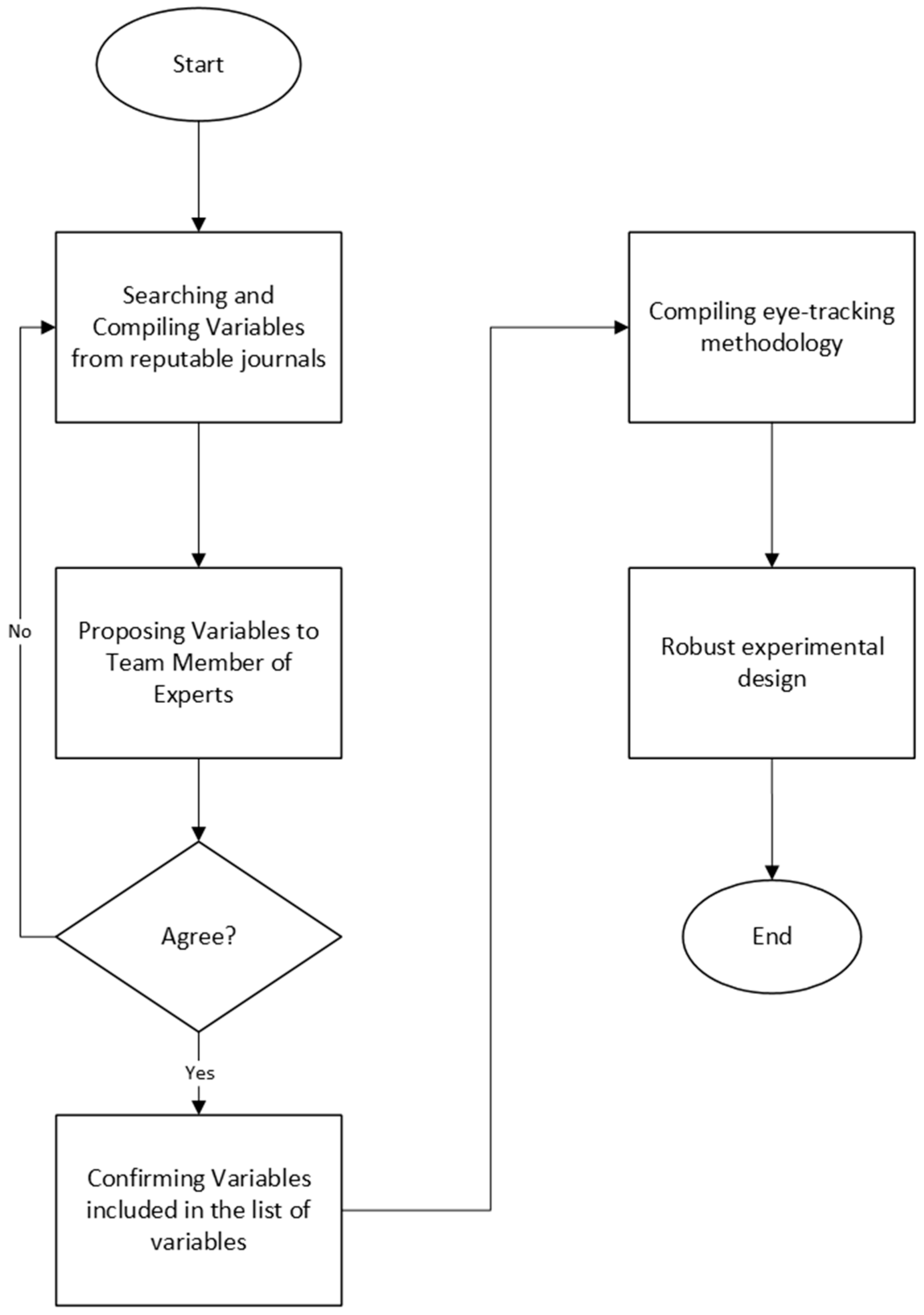
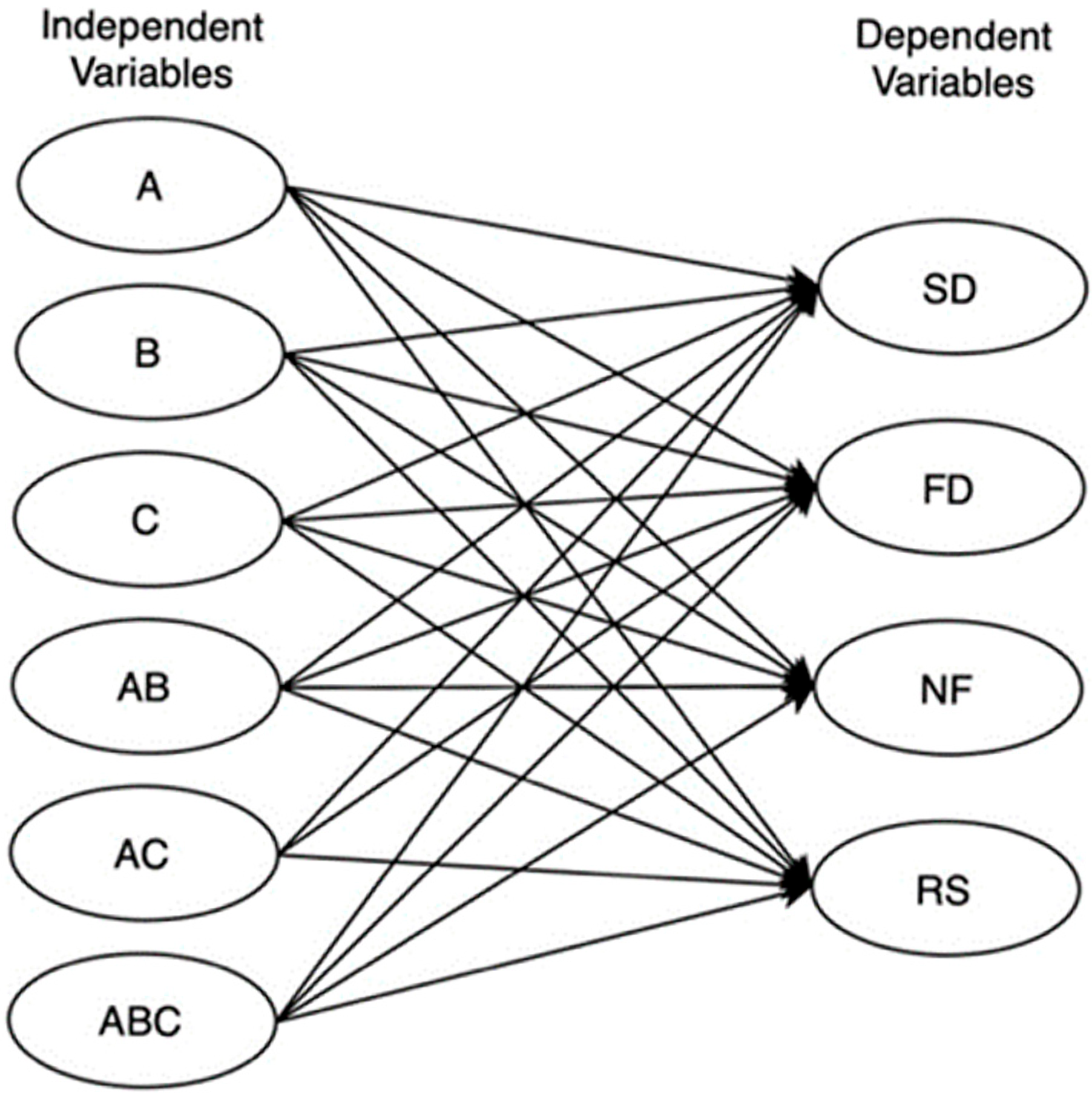
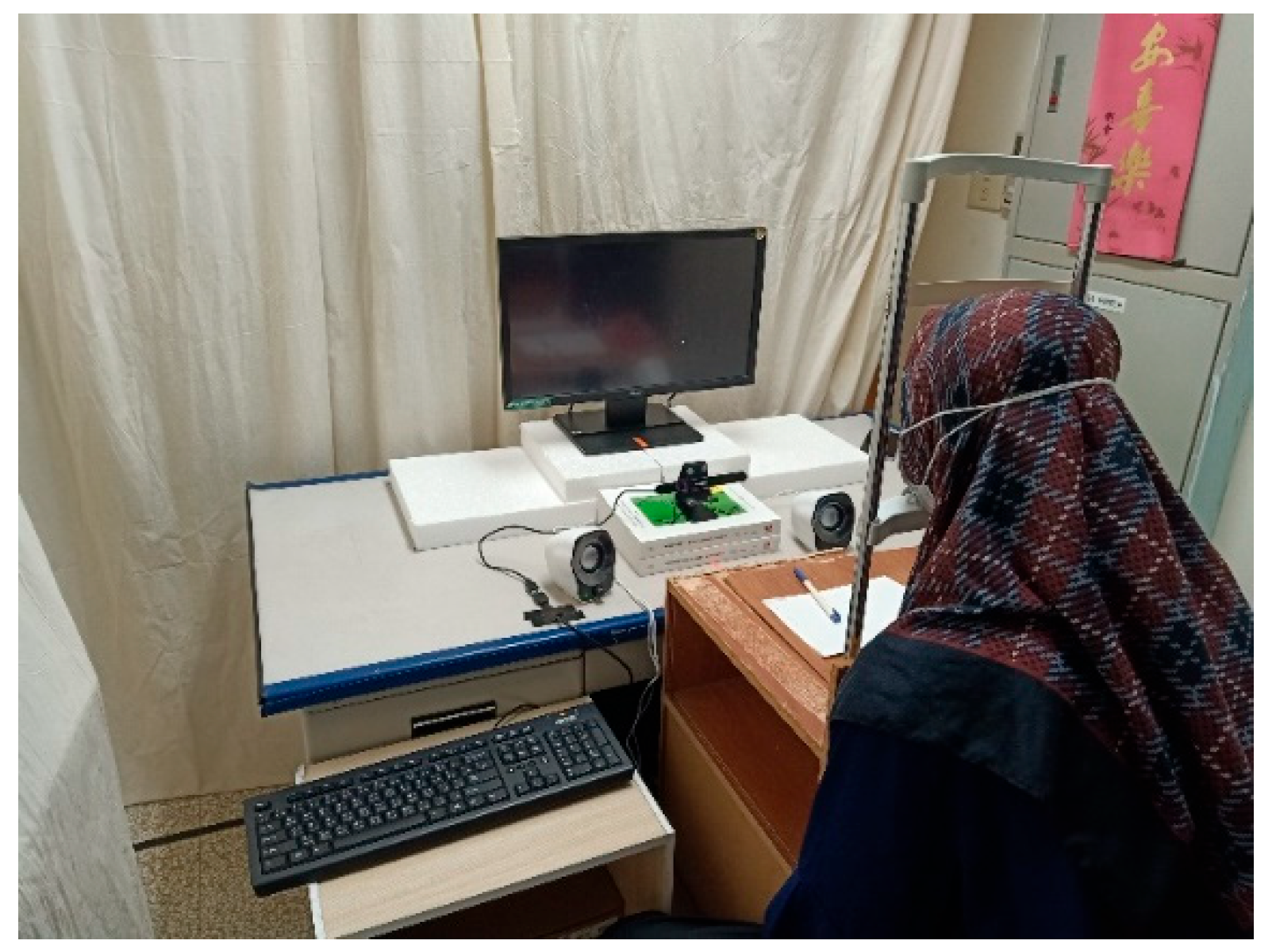
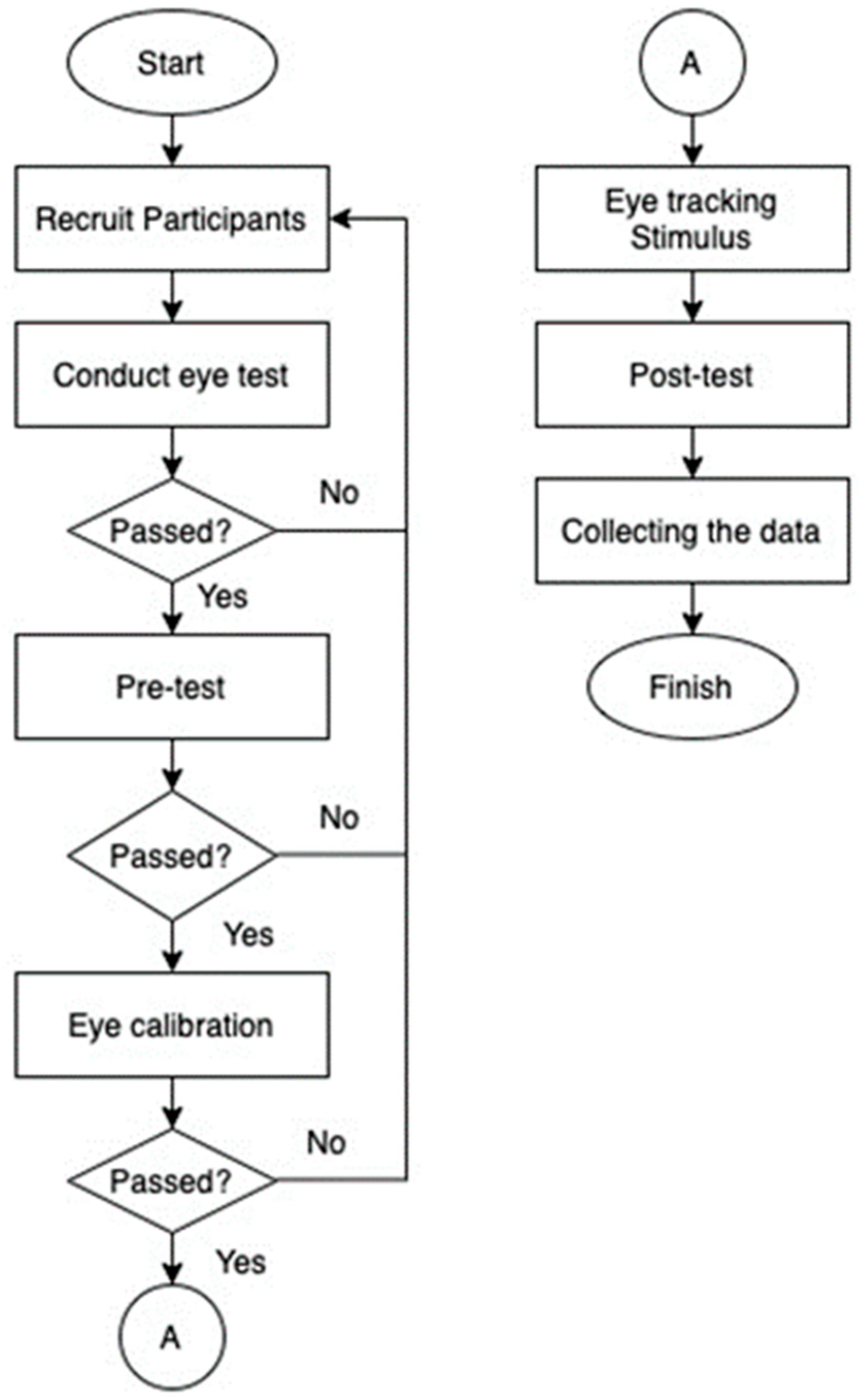

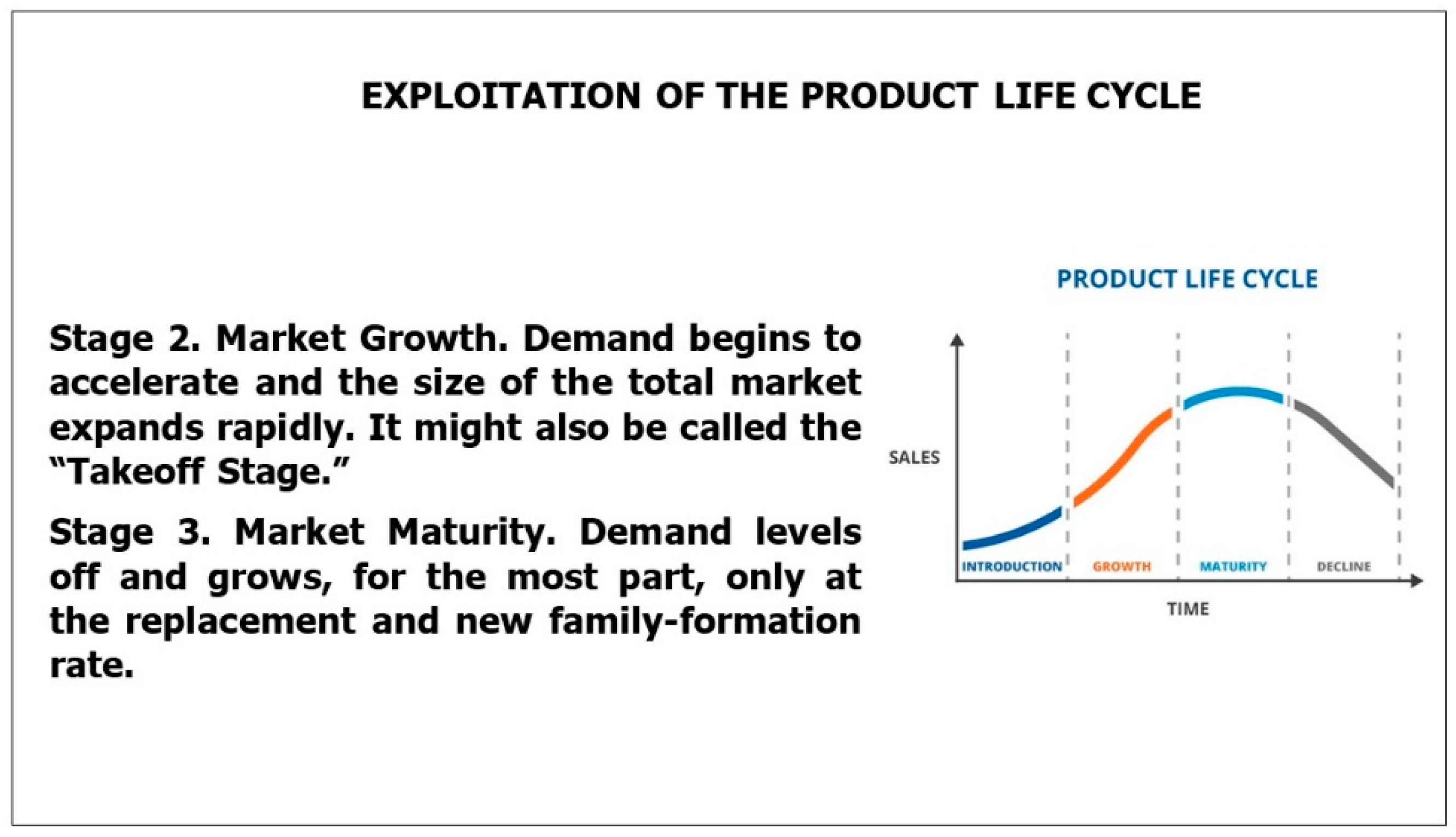

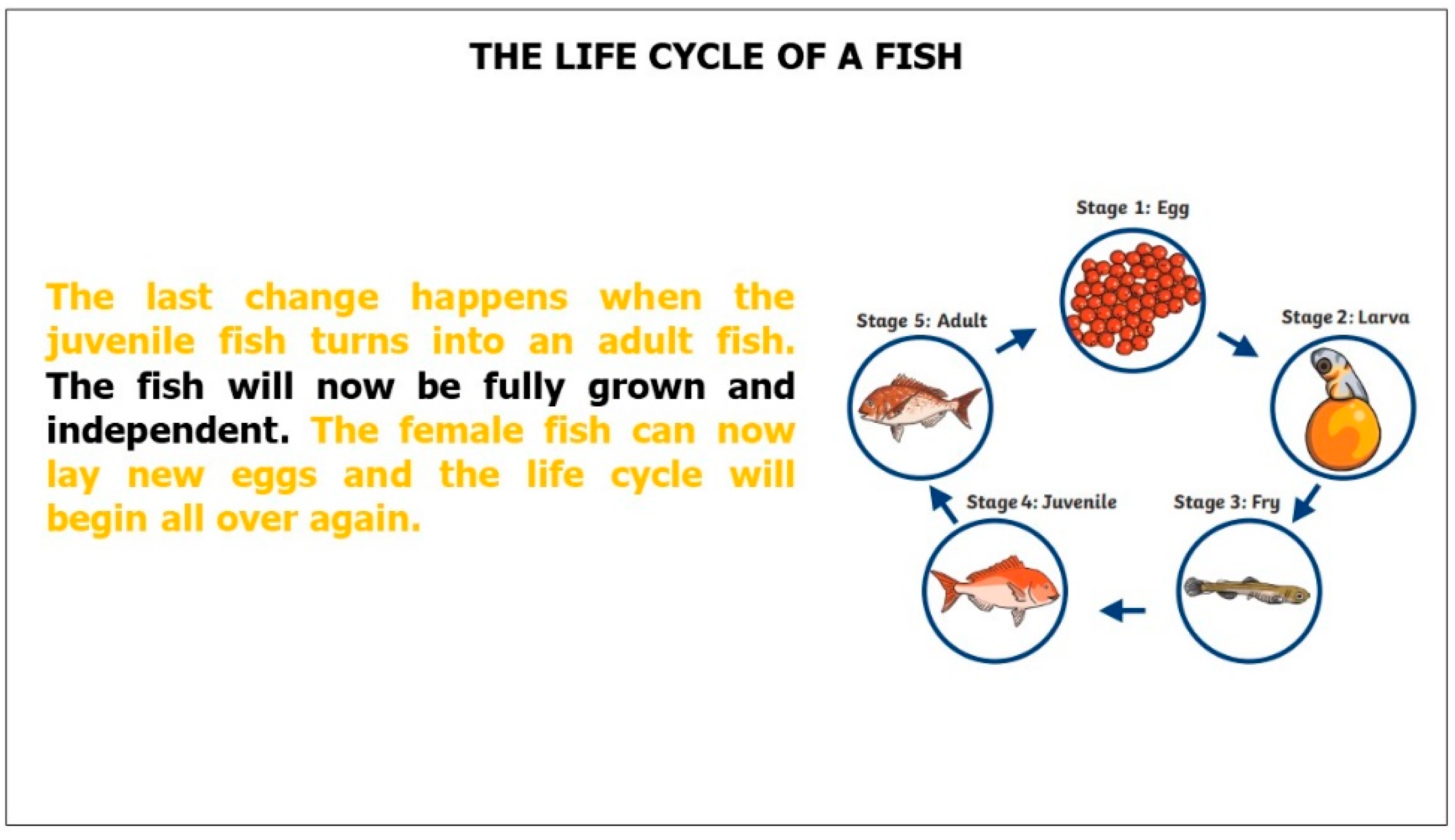

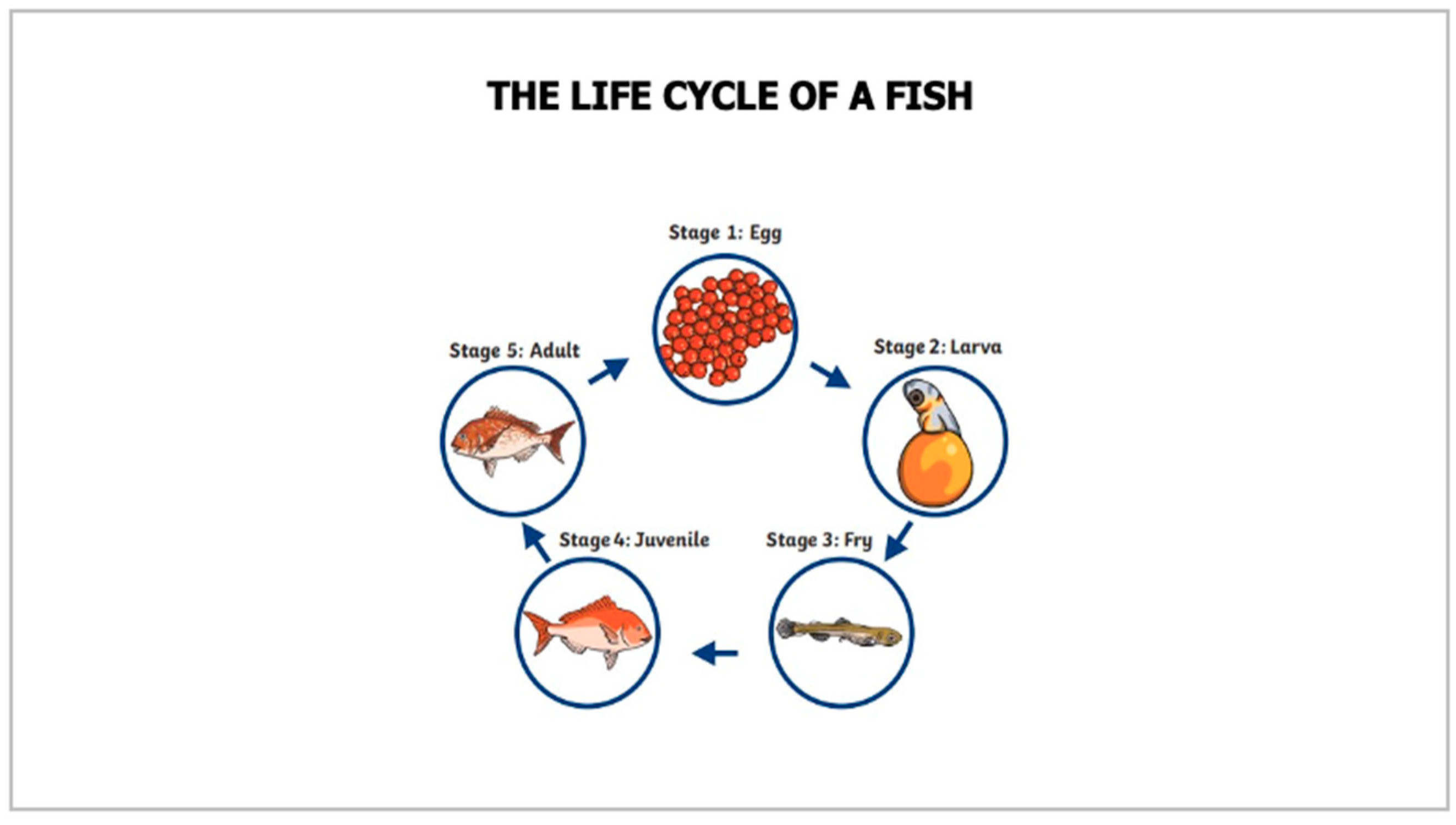
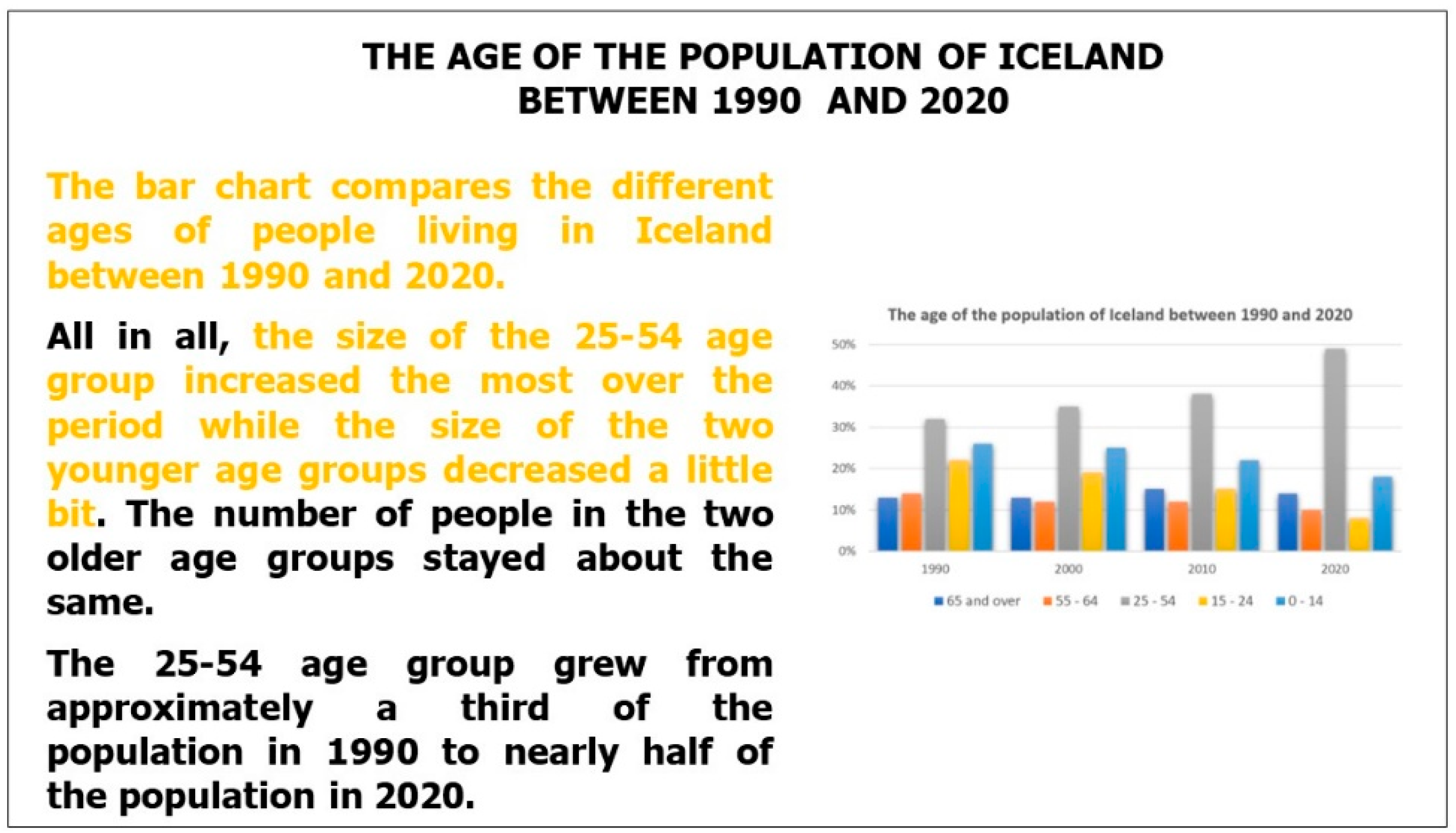
Disclaimer/Publisher’s Note: The statements, opinions and data contained in all publications are solely those of the individual author(s) and contributor(s) and not of MDPI and/or the editor(s). MDPI and/or the editor(s) disclaim responsibility for any injury to people or property resulting from any ideas, methods, instructions or products referred to in the content. |
© 2025 by the authors. Licensee MDPI, Basel, Switzerland. This article is an open access article distributed under the terms and conditions of the Creative Commons Attribution (CC BY) license (https://creativecommons.org/licenses/by/4.0/).
Share and Cite
Silitonga, R.M.; Sukwadi, R.; Inderawati, M.M.W.; Yanto; Jou, Y.-T. Designing Eye-Tracking Experiment to Enhance Reading Comprehension in Online Learning Environment. Eng. Proc. 2025, 103, 11. https://doi.org/10.3390/engproc2025103011
Silitonga RM, Sukwadi R, Inderawati MMW, Yanto, Jou Y-T. Designing Eye-Tracking Experiment to Enhance Reading Comprehension in Online Learning Environment. Engineering Proceedings. 2025; 103(1):11. https://doi.org/10.3390/engproc2025103011
Chicago/Turabian StyleSilitonga, Riana Magdalena, Ronald Sukwadi, Maria Magdalena Wahyuni Inderawati, Yanto, and Yung-Tsan Jou. 2025. "Designing Eye-Tracking Experiment to Enhance Reading Comprehension in Online Learning Environment" Engineering Proceedings 103, no. 1: 11. https://doi.org/10.3390/engproc2025103011
APA StyleSilitonga, R. M., Sukwadi, R., Inderawati, M. M. W., Yanto, & Jou, Y.-T. (2025). Designing Eye-Tracking Experiment to Enhance Reading Comprehension in Online Learning Environment. Engineering Proceedings, 103(1), 11. https://doi.org/10.3390/engproc2025103011






